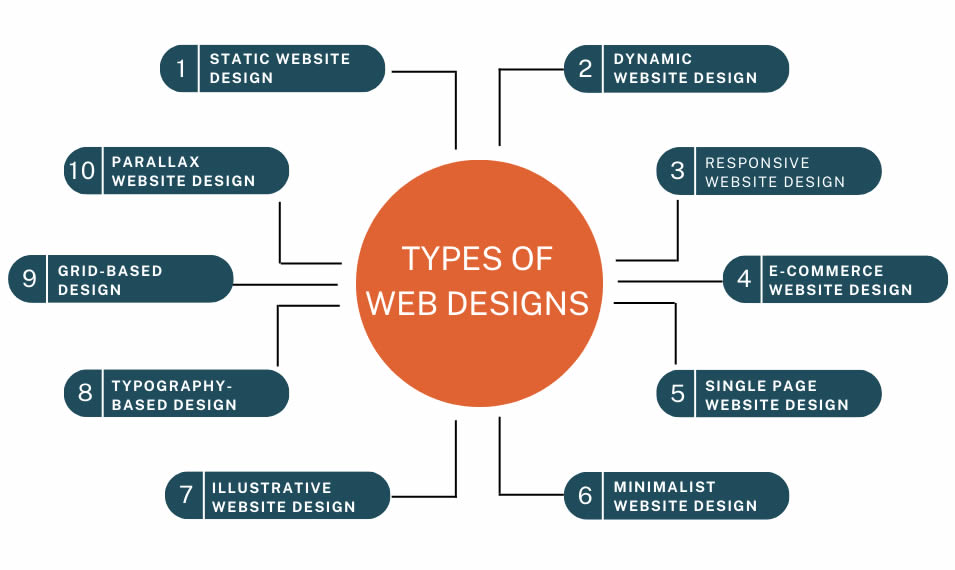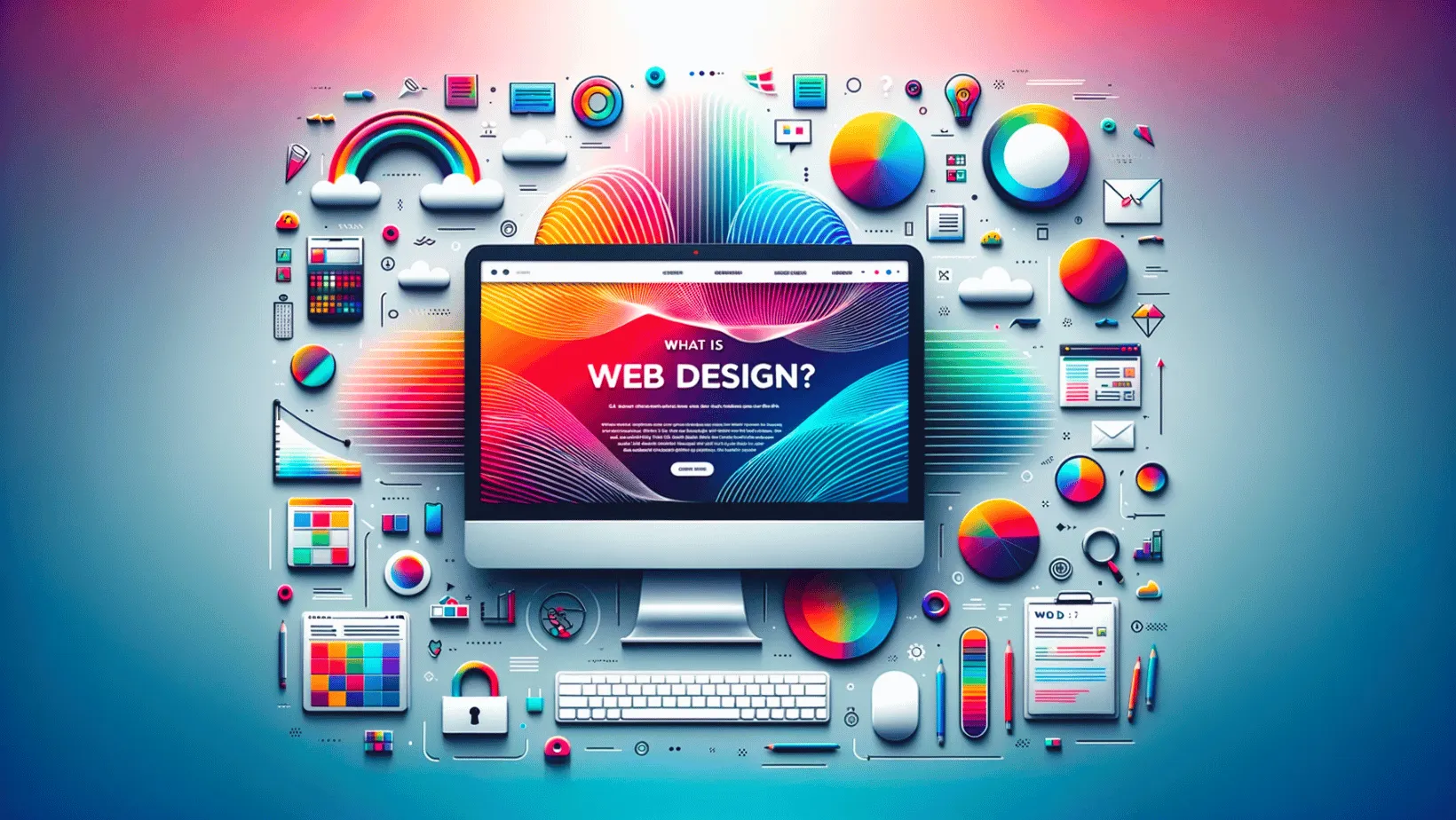How Web Design Affects User Engagement and Conversion Rates
How Web Design Affects User Engagement and Conversion Rates
Blog Article
Elevate Your Online Existence With Sensational Web Style Tips and Trends
In today's electronic landscape, a compelling on the internet visibility is important for organizations looking for to identify themselves from the competitors. The interaction of aesthetic charm, existing design fads, and individual experience plays a crucial duty in attaining this goal. By checking out elements such as minimalism, bold typography, and dynamic color pattern, you can develop an engaging environment that resonates with visitors. However, the nuances of efficient style expand past appearances; understanding essential approaches for optimization can substantially impact your success. What specific trends and methods can boost your site to brand-new heights?
Relevance of Visual Charm
This statistic emphasizes the important role that aesthetics play in individual involvement and retention. Reliable aesthetic design encompasses elements such as color systems, images, format, and typography, all of which contribute to a attractive and natural user experience.
In addition, a visually appealing web site infuses a feeling of credibility and professionalism. Individuals are most likely to trust a site that looks sleek and well-structured, which can considerably affect conversion prices. Alternatively, a cluttered or unappealing style can bring about high bounce prices, as individuals may regard the internet site as untrustworthy or out-of-date.
In addition, the appearances of an internet site can communicate brand name identification and worths (Web design). Constant use branding aspects, such as logos and color palettes, reinforces acknowledgment and fosters a deeper link with the target market. Finally, focusing on visual charm is necessary for producing appealing, trustworthy, and brand-aligned online experiences that resonate with users
Current Design Patterns
Modern web design is continuously advancing, and staying updated with existing fads is vital for developing impactful on-line experiences. One noticeable pattern is the rise of minimalism, characterized by tidy lines, enough white room, and a concentrate on vital elements. This strategy not just enhances usability yet likewise enables web content to take spotlight.
Furthermore, dark setting interfaces have actually obtained popularity, supplying customers with an aesthetically striking alternative while lowering eye stress. This trend lines up well with user choices, offering a modern-day aesthetic that is both practical and elegant.
One more significant pattern is the unification of bold typography. Developers are progressively making use of large, meaningful typefaces to create aesthetic hierarchy and communicate brand name messages effectively. Paired with vivid shade combinations, this fad includes dynamism to website.

Vital Design Components
Effective website design hinges on numerous important layout aspects that with each other create a cohesive and interesting user experience. The first of these elements is format, which dictates exactly how web content is organized on the page. A well-structured design not just enhances readability however additionally guides users with the website perfectly.
Shade plays an important duty in style, affecting emotions and brand understanding. An unified color combination can stimulate particular feelings and establish an aesthetic hierarchy, thus accentuating essential components. Similarly, typography is essential; the option of font styles should straighten with the brand name identification and ensure legibility across gadgets.
Furthermore, whitespace is commonly forgotten yet is important for creating equilibrium. It assists avoid mess, enabling users to concentrate on the vital aspects without disturbance.
Lastly, uniformity across all layout aspects reinforces brand name identification and makes navigating user-friendly. By meticulously including these vital design components, web developers can produce aesthetically attractive and useful websites that mesmerize visitors and motivate communication.
Individual Experience Optimization
A smooth individual experience is vital for maintaining site visitors and driving conversions on a website. Enhancing individual experience (UX) entails recognizing your audience and tailoring design aspects to official statement fulfill their requirements properly. Key parts of UX optimization include user-friendly navigation, quick loading times, and clear phone call to action.
Integrate breadcrumb tracks to aid users quickly backtrack, minimizing frustration. Rate is an additional critical aspect; websites need to load within three seconds to avoid users from abandoning the site.
Moreover, your web site's style must focus on quality. Usage readable typefaces, contrasting shades, and whitespace to create a visually enticing design that overviews individuals with material effortlessly. Contact us to action must be prominently displayed, making use of workable language that motivates users to involve.
Mobile Responsiveness Approaches
Virtually half of all web traffic now stems from mobile gadgets, highlighting the significance useful source of executing robust mobile responsiveness approaches. To make certain ideal user experience throughout different screen dimensions, internet designers must welcome a fluid grid format that adjusts perfectly to different devices. This strategy enables web content to resize and rearrange without endangering performance or aesthetics.
Including versatile photos and media questions is necessary. Images need to automatically readjust their dimension according to the viewport, while media inquiries can identify gadget features and apply customized CSS styles appropriately. This strategy enhances tons times and makes sure that users have an aesthetically appealing experience.
In addition, focus on touch-friendly navigating components. Buttons and web links need to be conveniently tappable, with appropriate spacing to prevent misclicks. Staying clear of hover-dependent interactions further enhances use on touchscreens.
Finally, conducting regular screening throughout numerous devices and web browsers is critical. Tools like useful source Google's Mobile-Friendly Examination can help identify locations needing enhancement. By embracing these mobile responsiveness approaches, businesses can boost individual involvement, increase internet search engine rankings, and ultimately drive conversions, thus elevating their on-line visibility successfully.
Final Thought
By focusing on aesthetic allure via current layout patterns and vital elements, organizations can foster integrity and engagement. Optimizing individual experience and guaranteeing mobile responsiveness are crucial for promoting seamless interaction across gadgets.

Alternatively, a messy or unsightly style can lead to high bounce rates, as customers might view the internet site as unreliable or obsolete. - Web design
Effective web layout pivots on numerous important layout elements that together develop a natural and engaging customer experience. Maximizing user experience (UX) entails comprehending your audience and customizing layout elements to satisfy their requirements properly.
Report this page